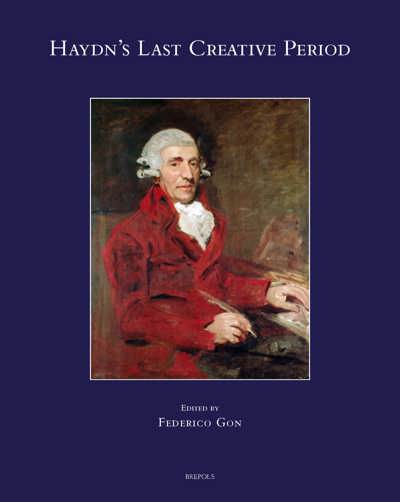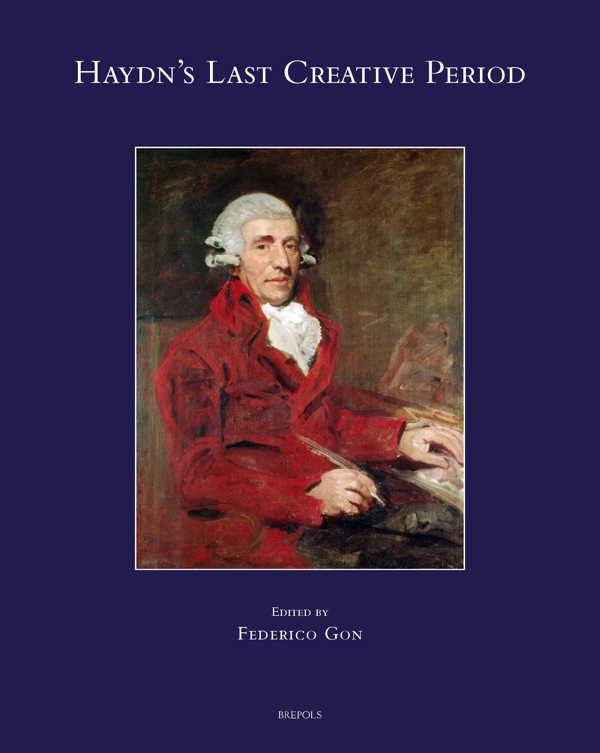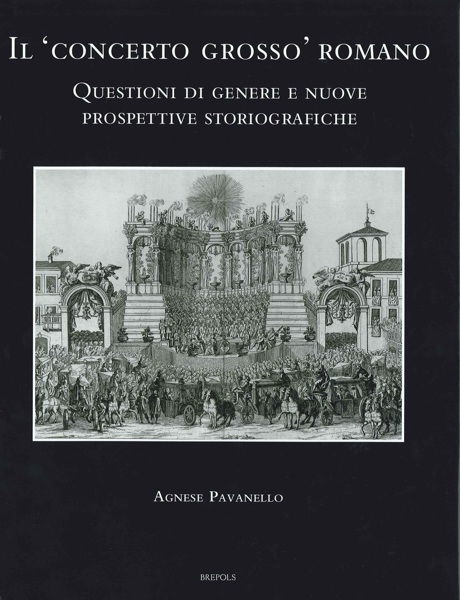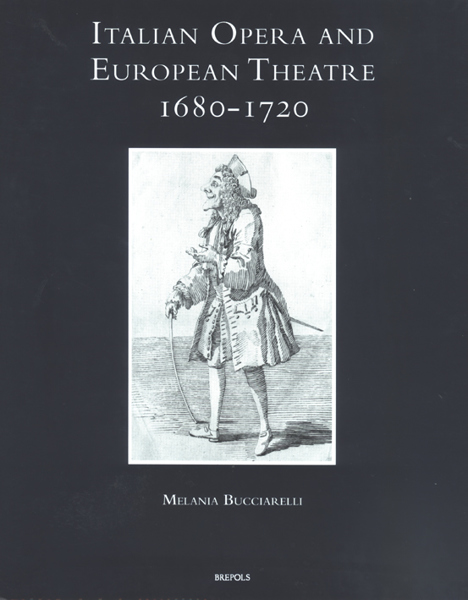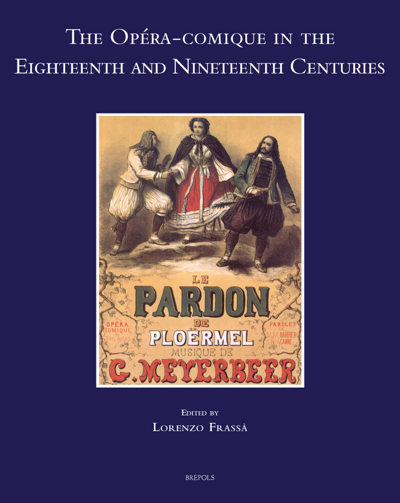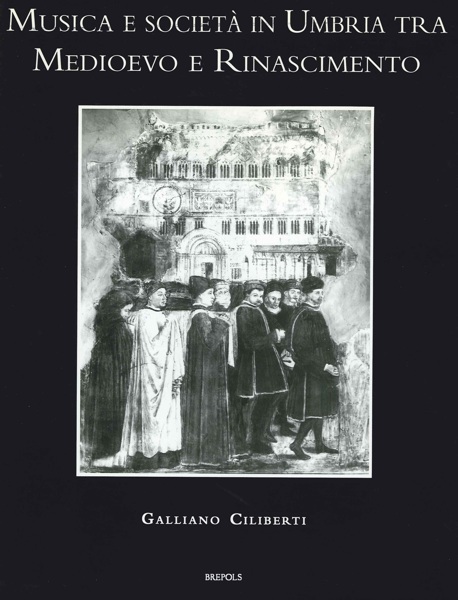
Haydn’s Last Creative Period
Federico Gon (ed)
- Pages: xiv + 365 p.
- Size:210 x 270 mm
- Illustrations:15 b/w, 87 musical examples
- Language(s):English, German
- Publication Year:2021
- € 110,00 EXCL. VAT RETAIL PRICE
- ISBN: 978-2-503-59488-0
- Hardback
- Available
This volume explores the last creative period of Haydn's career
Federico Gon, a musicologist and composer, obtained his Ph.D. from the University of Padua. His monograph «Scolaro sembra dell’Haydn»: l’influenza di Haydn su Rossini (Fondazione Rossini) was published in 2014. A member of the scholarly committee of the Italian National Edition of Commedie per musica by Domenico Cimarosa, he was also a postdoctoral researcher at the University of Vienna from 2016 to 2019. He currently teaches at the University of Udine and at the Conservatorio di Musica ‘Luca Marenzio’ in Brescia.
This volume focuses on one of the most crucial parts of Haydn’s career—a key era in which the experiments of the 1770s arrived at the consolidation and definition of new compositional forms and practices in the 1780s. The ‘mature’ Haydn represents a musician marked by full creative ferment in all musical genres and reveals the profile of a composer at the peak of his career. Through new research, this book examines the views of Haydn’s compositional practice as both self-aware and as adaptations based on the public’s changing tastes. Such was an achievement that Haydn obtained without betraying the principles of balance, solidity and expressiveness that he developed during decades of musical practice at the Esterházy court.
Introduction, Federico Gon
Biography and Reception
János Malina, Orfeo and Armida, Don Juan and Figaro: New Light on the Busiest Decade of Haydn’s Career
Sterling E. Murray, Haydn and the Oettingen-Wallerstein Court: A Study in Musical Patronage and Stylistic Intent
Nancy November, Late Haydn for the Home: Arrangements of the London Symphonies in the Nineteenth Century
Bryan Proksch, Age, Infirmity, and Oldness in the Early Biographies of Haydn
Christian Speck, Ein Haydn-Gemälde von Julius Schmid im Kontext der Korrektur der Haydn-Rezeption durch Guido Adler
Musical Form and Analysis
L. Poundie Burstein, Paths and Pauses within Haydn’s Piano Trio No. 16
Lauri Suurpää, New Path to Conventional Goals: Formal Reinterpretation in the First-Movement Recapitulations of Haydn’s Symphonies Nos. 94 and 98
Floyd Grave, Convention, Reinvention, and the Play of Contraries in the First Movement of Haydn’s Concerto for Keyed Trumpet
Halvor K. Hosar, Sonata/Fugue Mixtures in Haydn’s Late Masses: History and Form
James S. MacKay, Baroque Polyphony and Intelligent Conversation: Joseph Haydn’s String Quartets from Opus 20 to Opus 76
Rhetoric and Intertextuality
Stephanie Klauk – Rainer Kleinertz, Haydn’s String Quartet Production after Opus 33
Anatole Leikin, Performing Expressive Rhetorical Devices in the First Movement of Haydn’s Piano Sonata in E-flat Major, Hob. xvi:49
Federico Gon, «A Time for War and a Time for Peace»: The Symphony No. 100 by Joseph Haydn and the Revolutionary Events of 1793
Balázs Mikusi, The Spider and the Bee, or How Does Mozart Come into Haydn’s The Seasons?
John A. Rice, The Bergamasca Schema in Late Haydn
